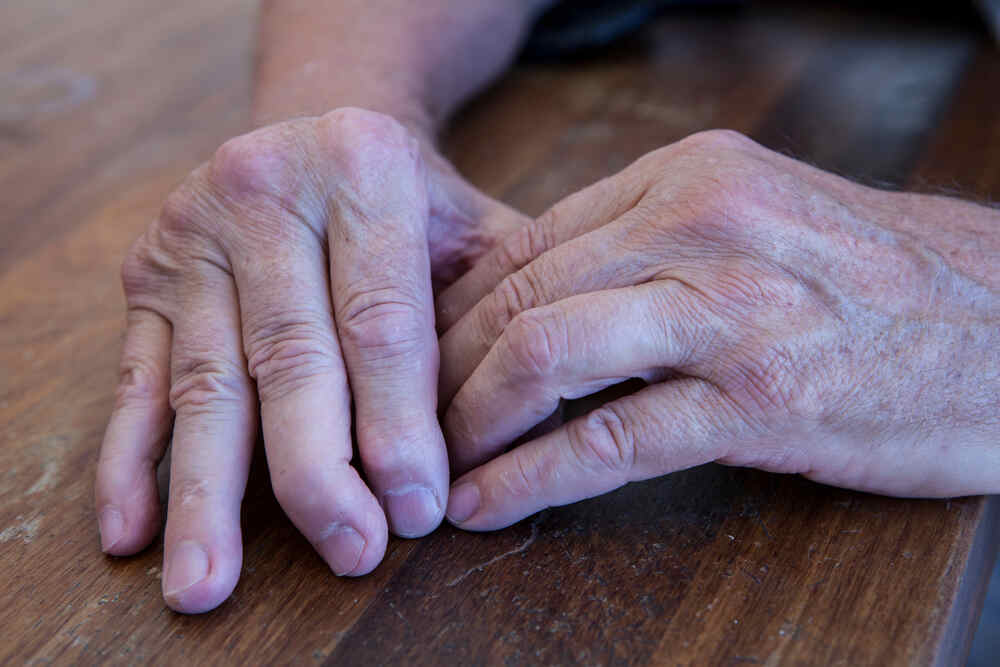Signs And Treatment For Psoriatic Arthritis
Related Topics (Sponsored Ads):
Psoriasis is a skin condition that causes thick red patches on the skin, usually covered with silver colored scales. It is caused by an autoimmune malfunction and has no cure. Sometimes this same autoimmune problem also attacks the joints, which is what happens with psoriatic arthritis. It also has no cure, but there are treatment options available.
Psoriasis is a skin condition that causes thick red patches on the skin, usually covered with silver colored scales. It is caused by an autoimmune malfunction and has no cure. Sometimes this same autoimmune problem also attacks the joints, which is what happens with psoriatic arthritis. It also has no cure, but there are treatment options available.

General Symptoms
The symptoms of psoriatic arthritis are often similar to rheumatoid arthritis, which include pain, stiffness and swelling of the joints and surrounding areas. These symptoms can occur on one or both sides of the body. The condition is chronic, whereas the symptoms usually get worse over time, but there can be times of remission – where there is temporary improvement.
Specific Symptoms
Psoriatic arthritis usually occurs in people over 30 years old (but more typically at least 50) and who have visible signs of psoriasis. In addition to the general symptoms discussed above, the following are some specific symptoms of this disease:
– Pitting, discoloration and separation of the nails.
– Swelling of the fingers and toes that cause them to be deformed and painful.
– Chronic foot pain, especially in back of the heel and sole.
– Chronic lower back pain.
Medical Treatments
There is no cure for psoriatic arthritis – the treatments available are designed to lessen the symptoms of the disease.
Medications:
– NSAIDs including over the counter Ibuprofen and stronger versions available by prescription.
– Antirheumatic drugs (DMARDs) are prescription drugs that can slow the progression of the disease and prevent damage to the joints.
– Immune system suppressants that lower your autoimmune response, which is out of control with this disease.
– Biologic response modifiers, which are like DMARDs, but are more targeted.
Surgical treatments:
– Steroid injections into affected joints to quickly and and strongly reduce inflammation and pain.
– Joint replacement, to replace joints severely damaged by the disease.
Self Help Treatments
In addition to medical treatments, there are several self help remedies that can help improve the symptoms:
– Lose weight; being overweight causes more strain on the joints and exacerbates the condition. Also, many of the drugs used to treat psoriatic arthritis don’t work as well in overweight patients.
– Reduce or eliminate smoking and drinking of alcoholic beverages.
– Regular moderate, low impact exercise.

